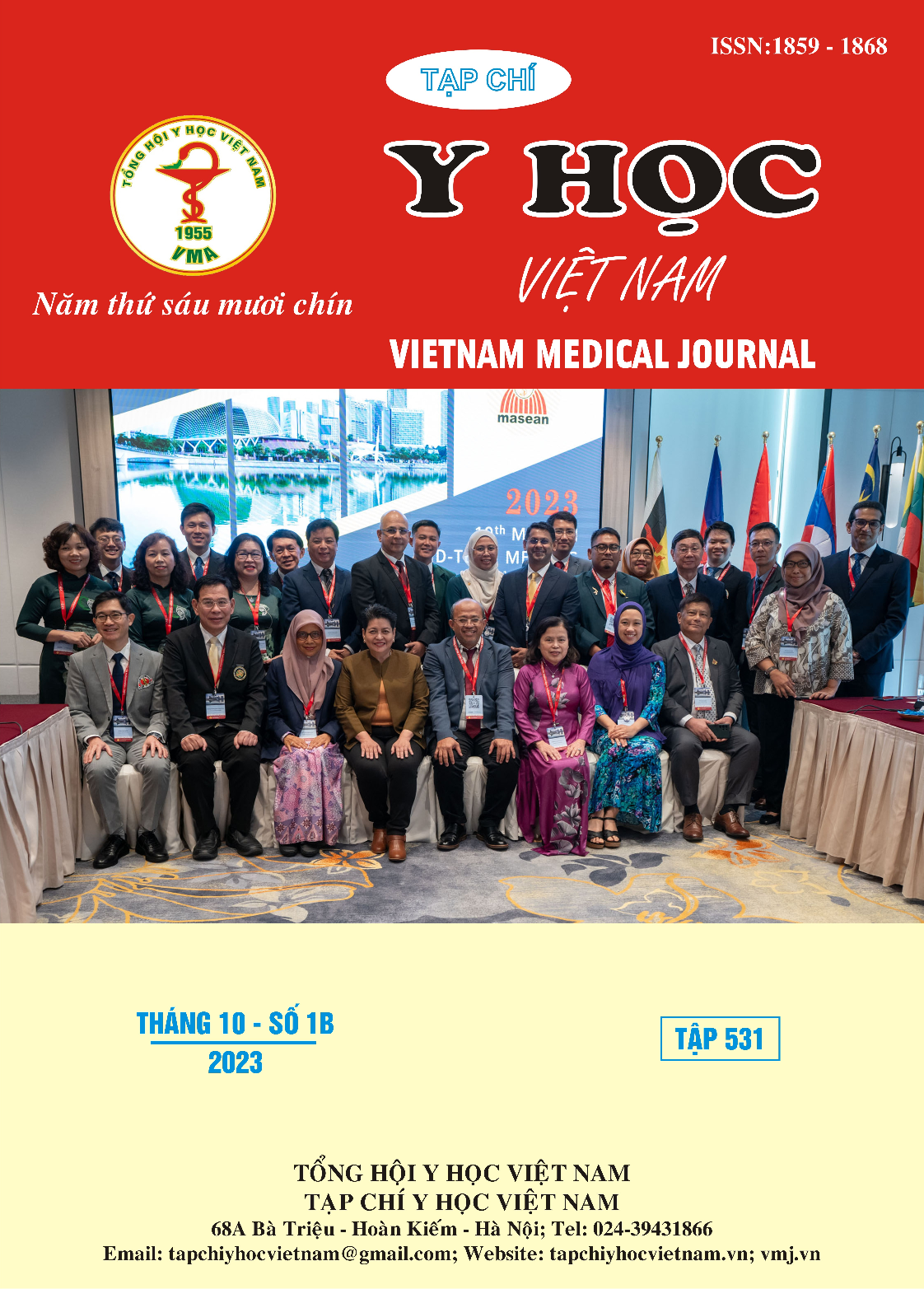SOME CLINICAL AND PARA-CLINICAL CHARACTERISTICS OF ENDODONTIC-TREATED MOLARS WITH ENDO-CROWN RESTORATION INDICATION
Main Article Content
Abstract
Review of some clinical and para-clinical characteristics of endodontic-treated molars with Endocrown restoration indication. Subjects and research methods: 31 molars that had undergone root canal treatment with indications for restoration by endocrown were included in an uncontrolled clinical trial study. Research results: the average age of the group of patients with indications for endocrown was 30.29±11.68, the youngest age of the patients was 17, the oldest age of the patients was 64, most of the patients were female (80.6%). The majority of teeth assigned to endocrown have good periodontal condition and endodontic treatment results, no mobility, no discoloration. Conclusion: Endocrown is a suitable restoration for most molars after endodontic treatment.
Article Details
Keywords
restoration, endocrown
References
2. Lê Thị Thùy Linh, “Nhận xét hiệu quả phục hình răng bằng vật liệu sứ Cercon tại Bệnh viện Răng Hàm Mặt Trung ương Hà Nội”, Thư viện Đại học Y Hà Nội
3. Bindl and W. H. Mörmann, “Clinical evaluation of adhesively placed cerec endo-crowns after 2 years: preliminary results,” The Journal of Adhesive Dentistry, vol. 1, no. 3, pp. 255–265, 1999
4. G. Biacchi and R. Basting, "Comparison of fracture strength of endocrowns and glass fiber post-retained conventional crowns," Operative dentistry, vol. 37, pp. 130-136, 2012.
5. Thomas, R., Kelly, A., Tagiyeva, N. et al. Comparing endocrown restorations on permanent molars and premolars: a systematic review and meta-analysis. Br Dent J (2020).
6. Y. Zou, J. Bai, and J. Xiang, "Clinical performance of CAD/CAM-fabricated monolithic zirconia endocrowns on molars with extensive coronal loss of substance," Int J Comput Dent, vol. 21, pp. 225-232, 2018


